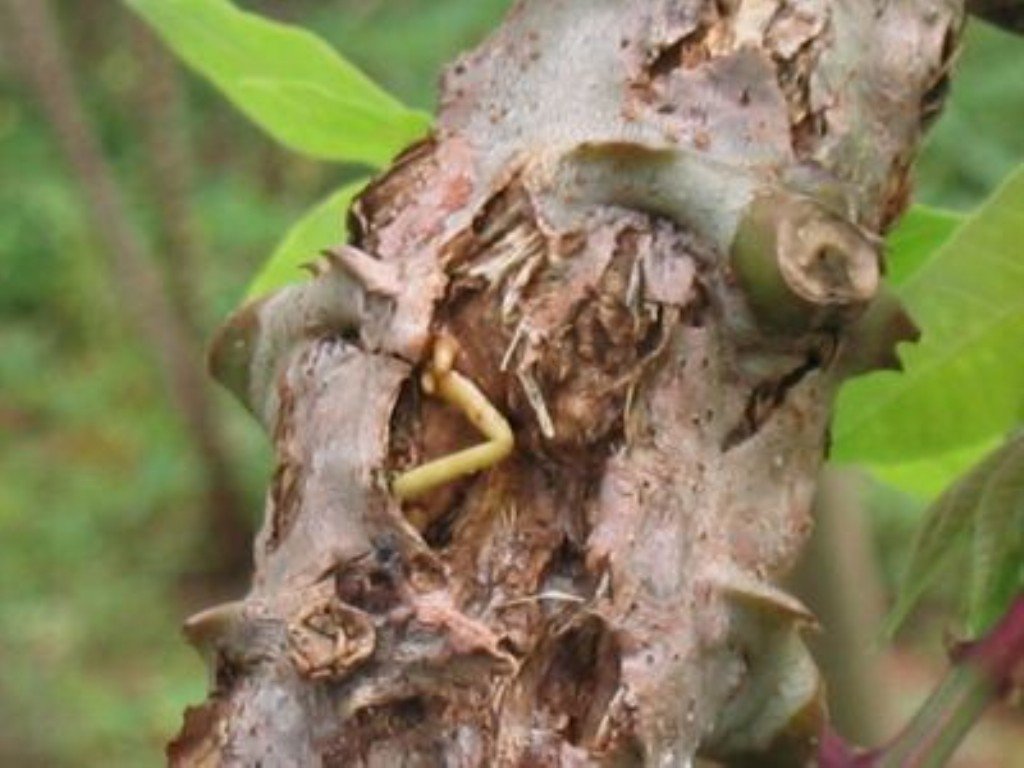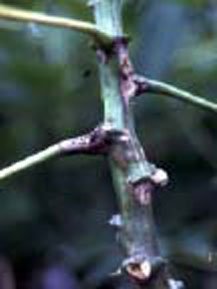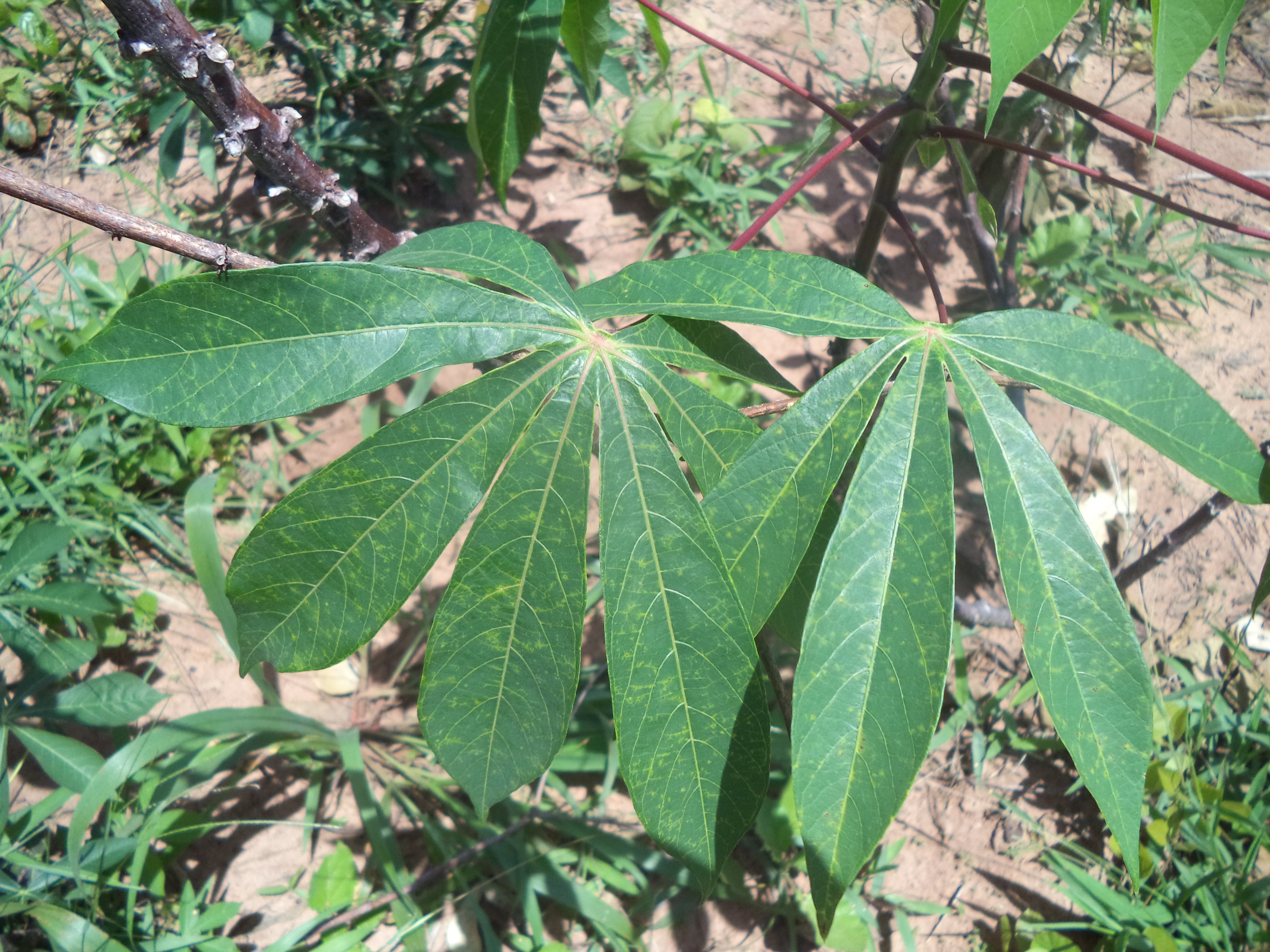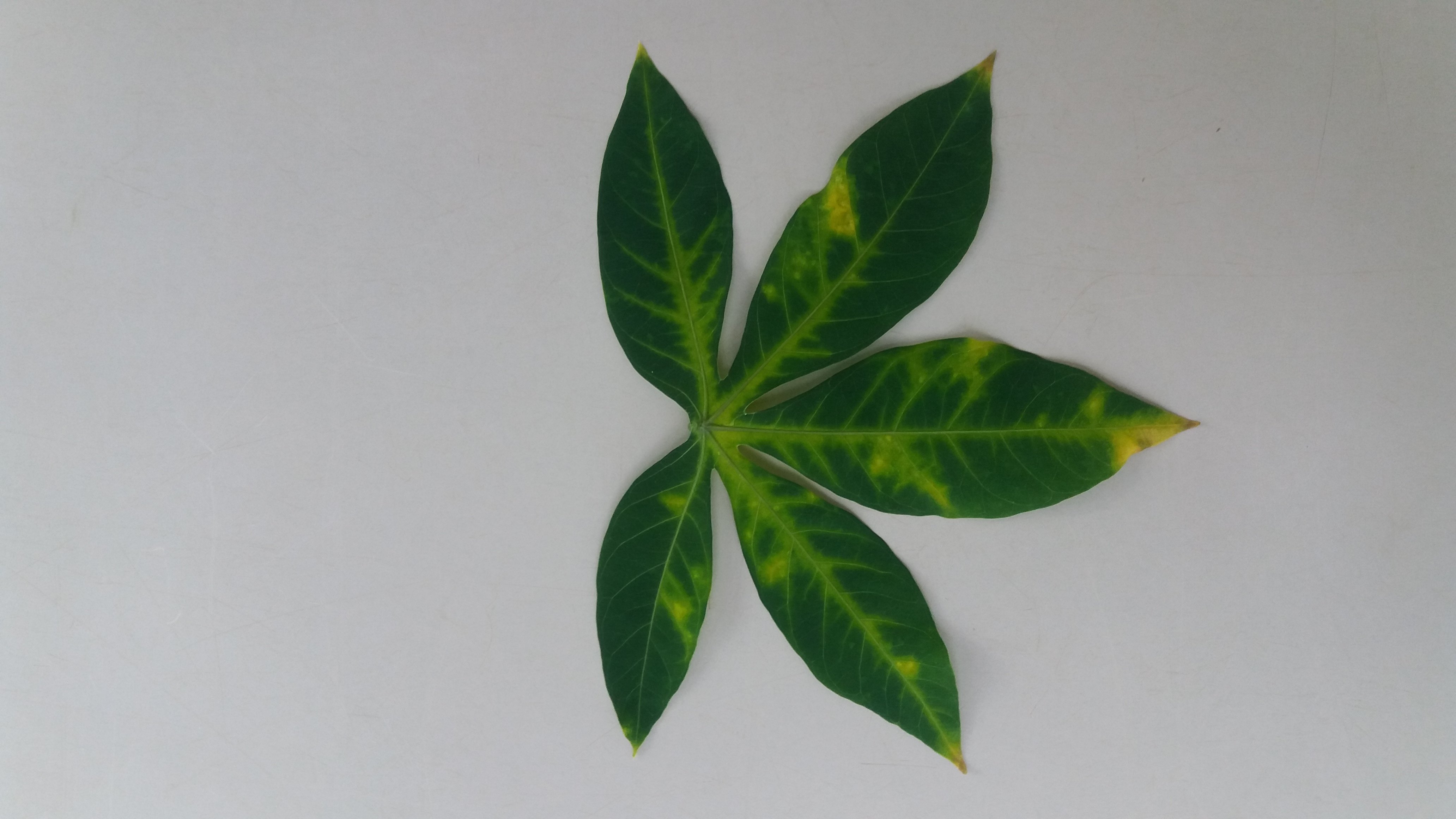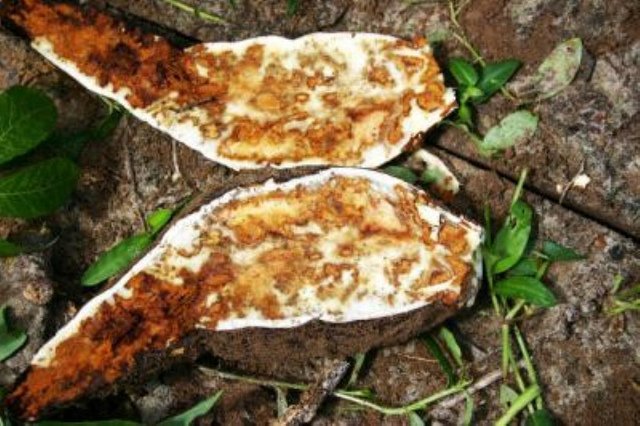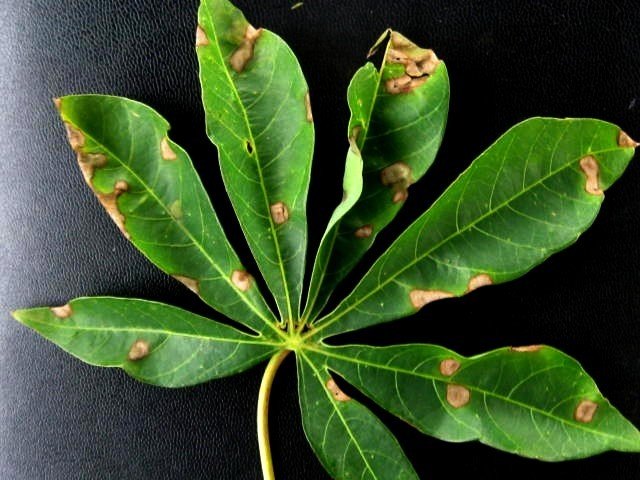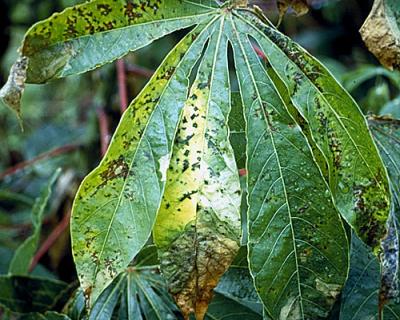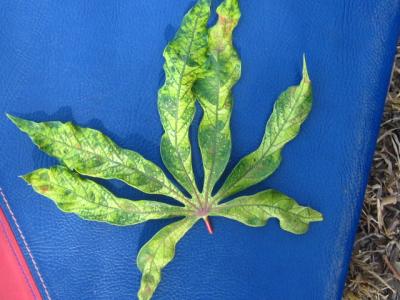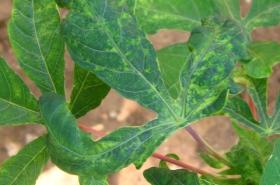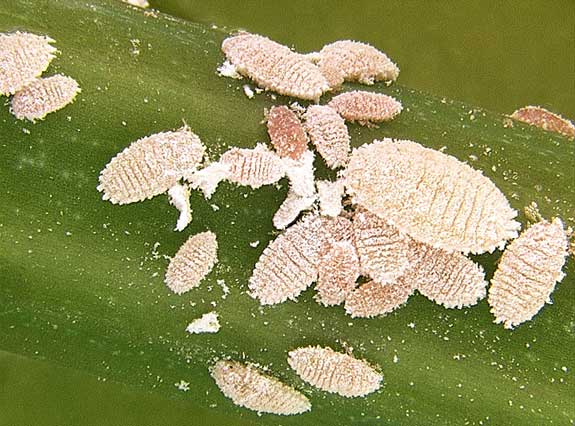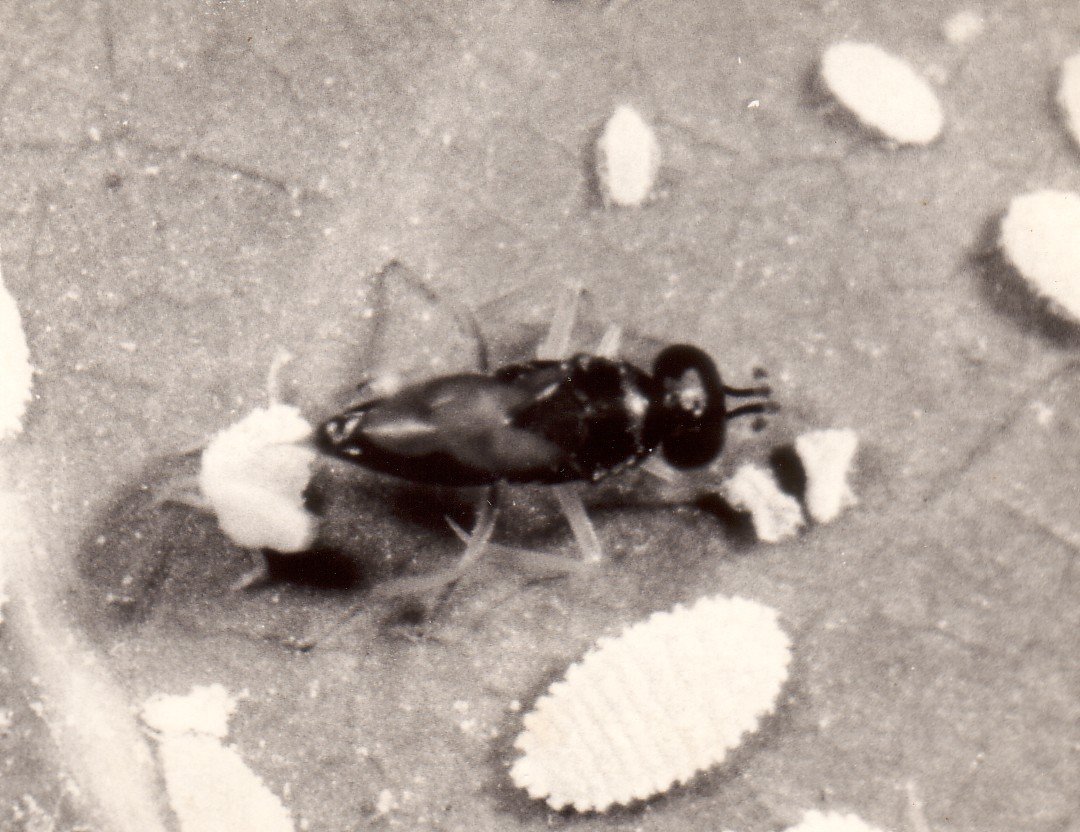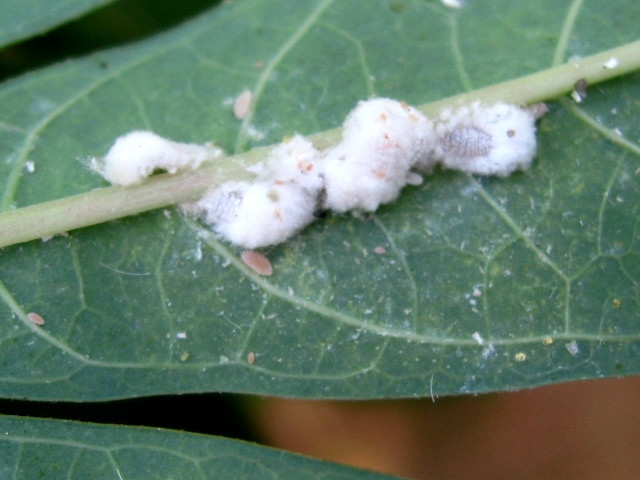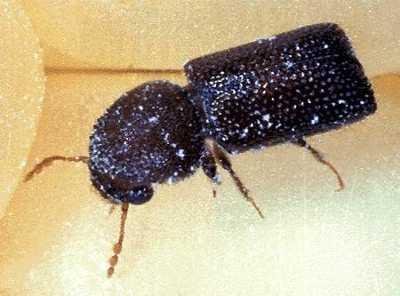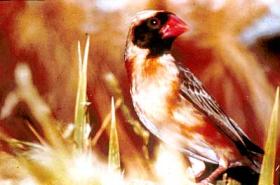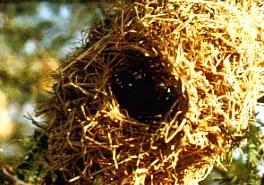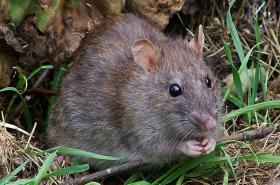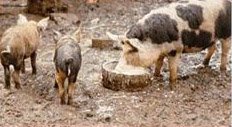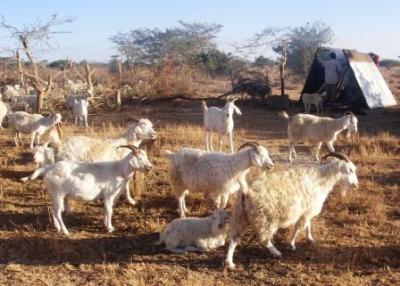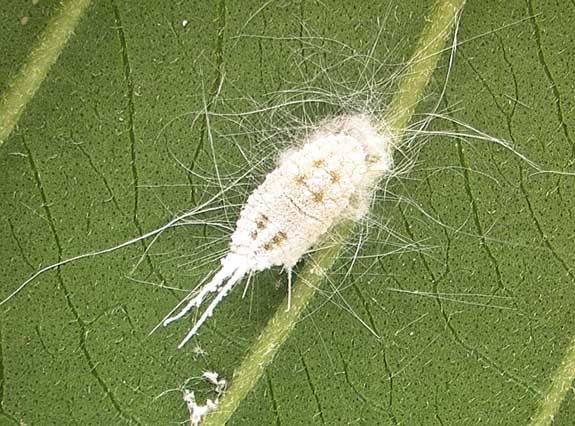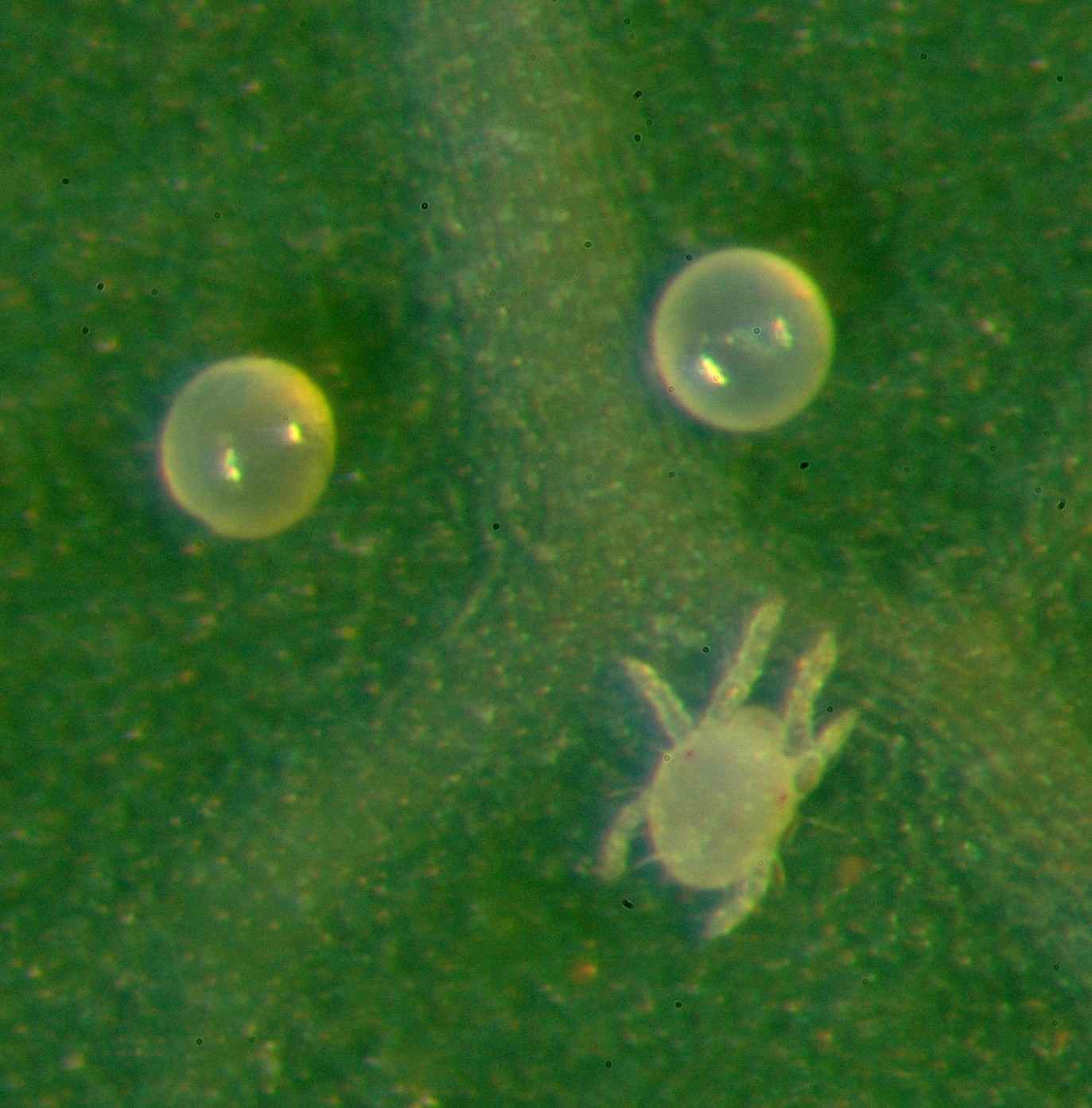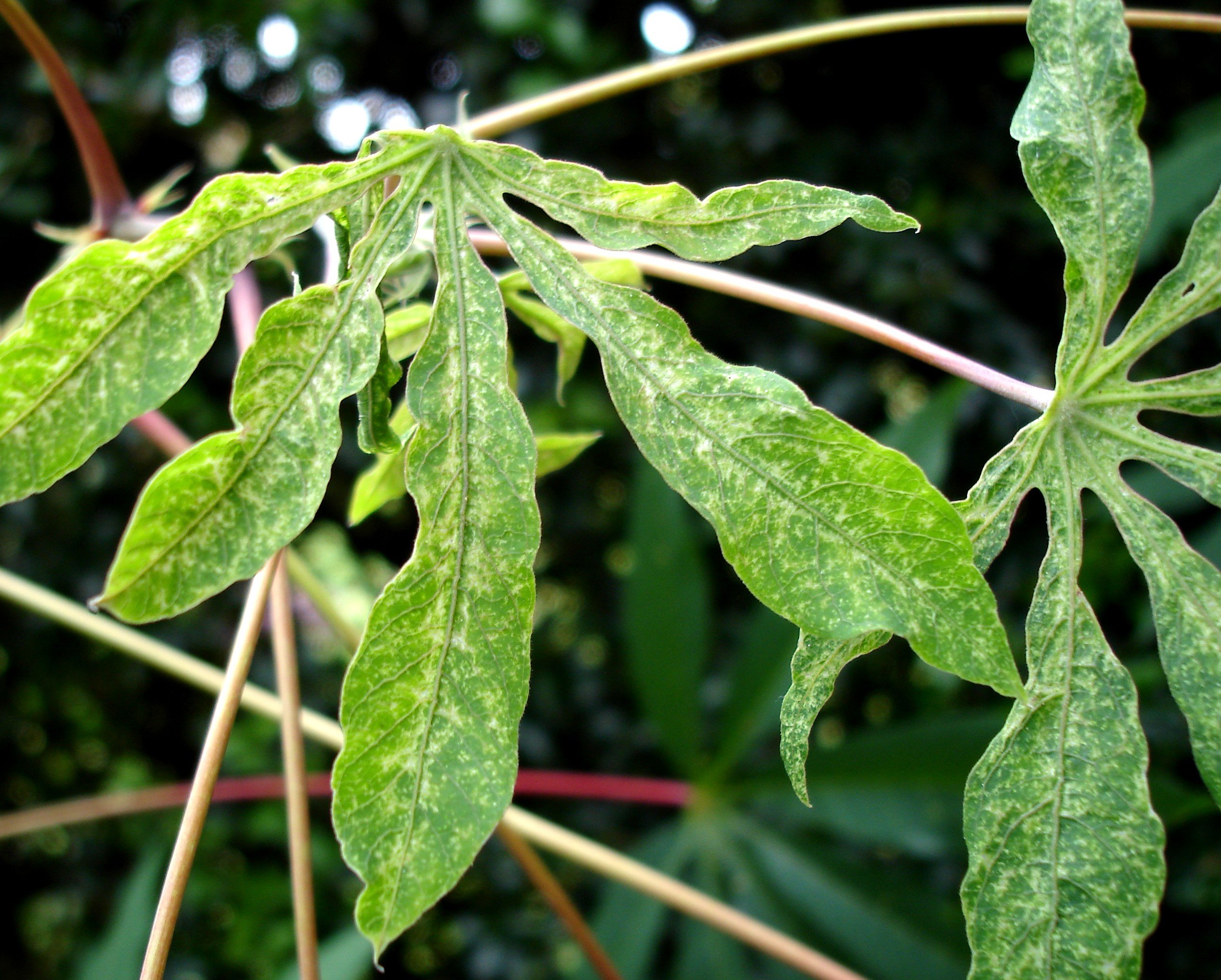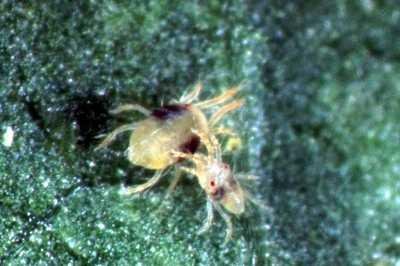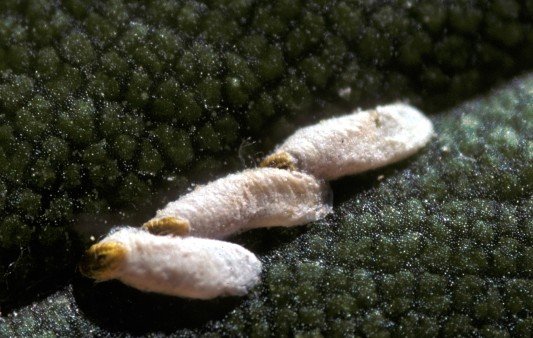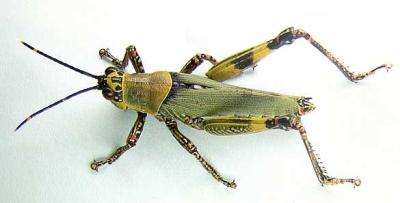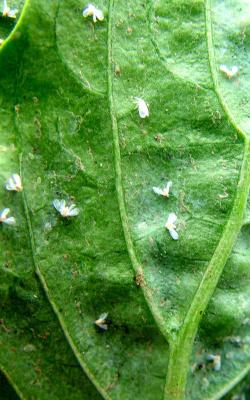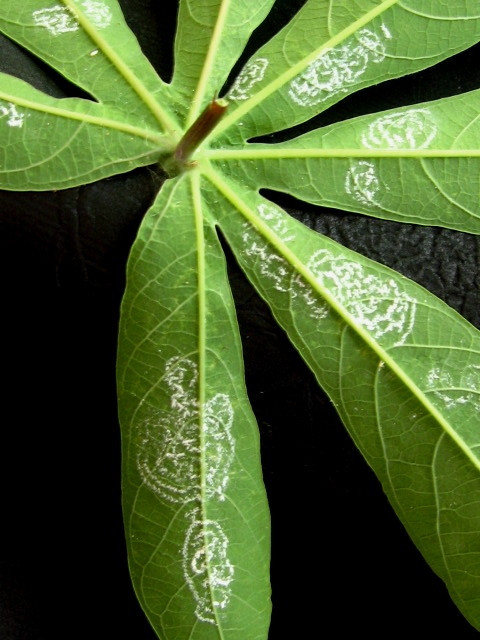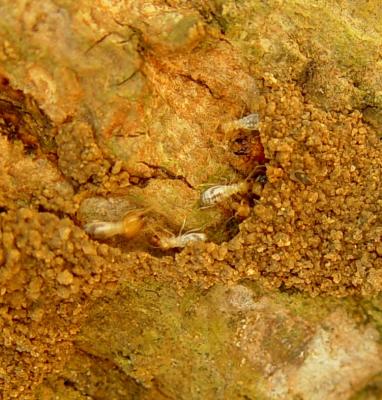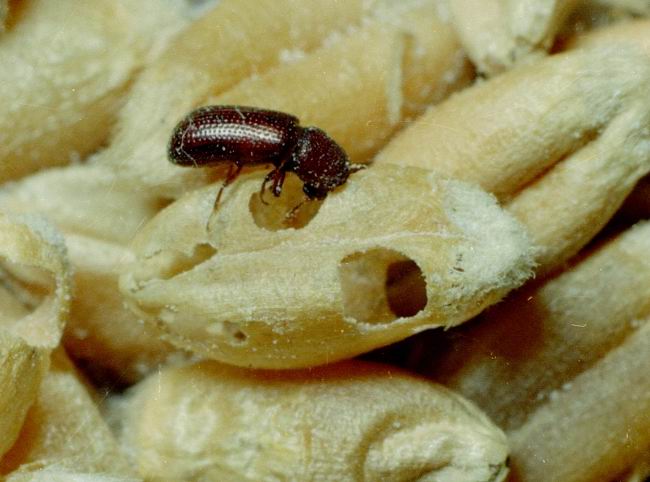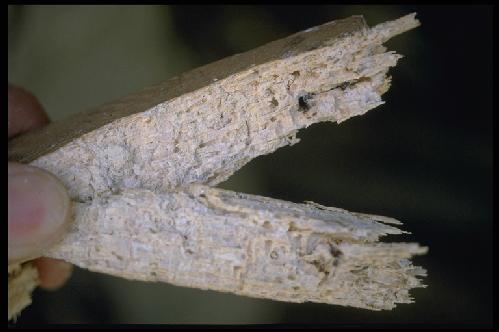Dr.iCow’s Diary
Date: 09.02.2020
Dear Dr.iCow,
My cow has given birth. Is it good for the calf to suck the mother?
From: Teresia, County: Machakos, Kenya.
Discussion:
Dear Teresia,
Congratulations! Please let the calf suck for the next 48 hours.
At birth and on standing allow the calf to suck colostrum from the mother. You may start milking a cow immediately after calving if the udder or teats conformation prevent easy first sucking and provide the new born calf with colostrum using a milk feeding bottle. If the calf can suckle without difficult let the calf suck the colostrum and bond with the mother for a maximum of 2 days. The colostrum is very important for the calf because it contains high levels of antibodies and vitamins A and D the calf needs to prevent diseases caused by micro-organisms on the farm.
A calf is born with few antibodies of its own and has immature immune system which is not capable of producing antibodies for some weeks. Colostrum is highest absorbed from birth to 4 hours best within 12 hours good within 24 hours and very low after 24 hours. It is the first meal for the calf and is rich in nutrients as it is high in energy, proteins and vitamins than normal milk. Ensure the calf gets plenty colostrum within the first 6 hours after birth. In the first 20 minutes the calf would need about 2 litres of colostrum and 2 litres after 6 hours. If the calf is sucking allow it to suckle for at least 20 minutes. Please observe high level of hygienic standards.
The first milk or colostrum should be fed to the calf. A calf’s digestive system start to change as soon as it born and; at birth it has the greatest ability to absorb antibodies from the colostrum. Calves of dairy cows are separated from their mothers within the first 24 hours after birth. The calves need close monitoring and extra attention should be provided as early separation cause stress.
Thank you
From your friend and advisor,
Dr.iCow
